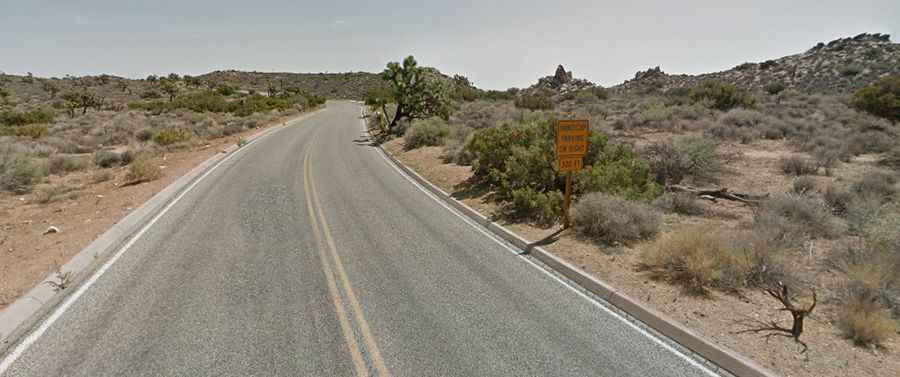Driving the Paved Road to Keys View, an Overlook in Joshua Tree NP
Keys View is a very scenic overlook at an elevation of 1,574m (5,164ft) above sea level, located in Riverside County, in the U.S. state of California.

Where is Keys View?
The natural viewpoint is located in the southern part of California, within Joshua Tree National Park.
Is Keys View Road in Joshua Tree NP Paved?
Located on the crest of the Little San Bernardino Mountains, the road to the overlook (previously known as Salton View) is fully paved. It’s called Keys View Road. This is the highest point in the entire park that you can drive to.
How’s the Keys View Road?
The road has a gentle slope and offers one of the most beautiful views in the park. The road is rugged and remote but is open for two-lane travel along its entire length. Drive carefully and obey posted speed limits. Many wild animals, including the threatened desert tortoise, have been killed by speeding cars.
Is the Keys View Road Worth the Drive?
The drive is definitely worth it, and the view is spectacular on a clear day. It’s a beautiful area with many interesting things to see. The lookout, located toward the south of the park, offers views of the Coachella Valley, Salton Sea, and a vast panorama of arid desert basin and range stretching south into Mexico. On a really clear day, you might be able to see Signal Mountain in Mexico, although that has become somewhat rare due to the poor air quality of recent years. It does get windy up there, so dress warmly and enjoy the views. The summit hosts a big parking lot.
How Long is the Road to Keys View in Joshua Tree NP?
Starting from Park Boulevard, the road to the top is 8.85km (5.5 miles) long. Over this distance, the elevation gain is 280 meters, with an average gradient of 3.16%.
When is the Best Time to Drive to Keys View?
During the summer, expect high temperatures, intense sunlight, and low humidity. Storms and flash floods can be powerful and sudden. Spring and autumn are better times to visit.
What Do You Need to Know Before Driving the Keys View Road?
The road can be closed at any time due to flash flood damage caused by torrential rainstorms. Avoid canyons and washes during rainstorms, and be prepared to move to higher ground. While driving, be alert for water running across dips in the road. Remember: turn around, don’t drown.
A few venomous animals live in the park, including rattlesnakes, scorpions, and black widow spiders. When hiking or climbing in the park, always look before you place your hands or feet. Avoid stepping or reaching into places you cannot see.